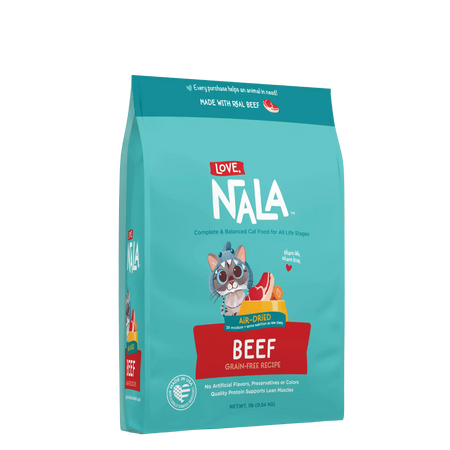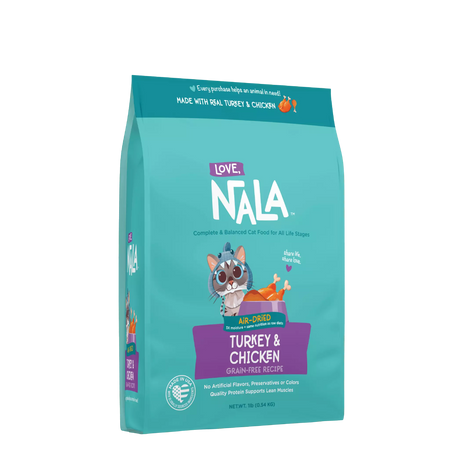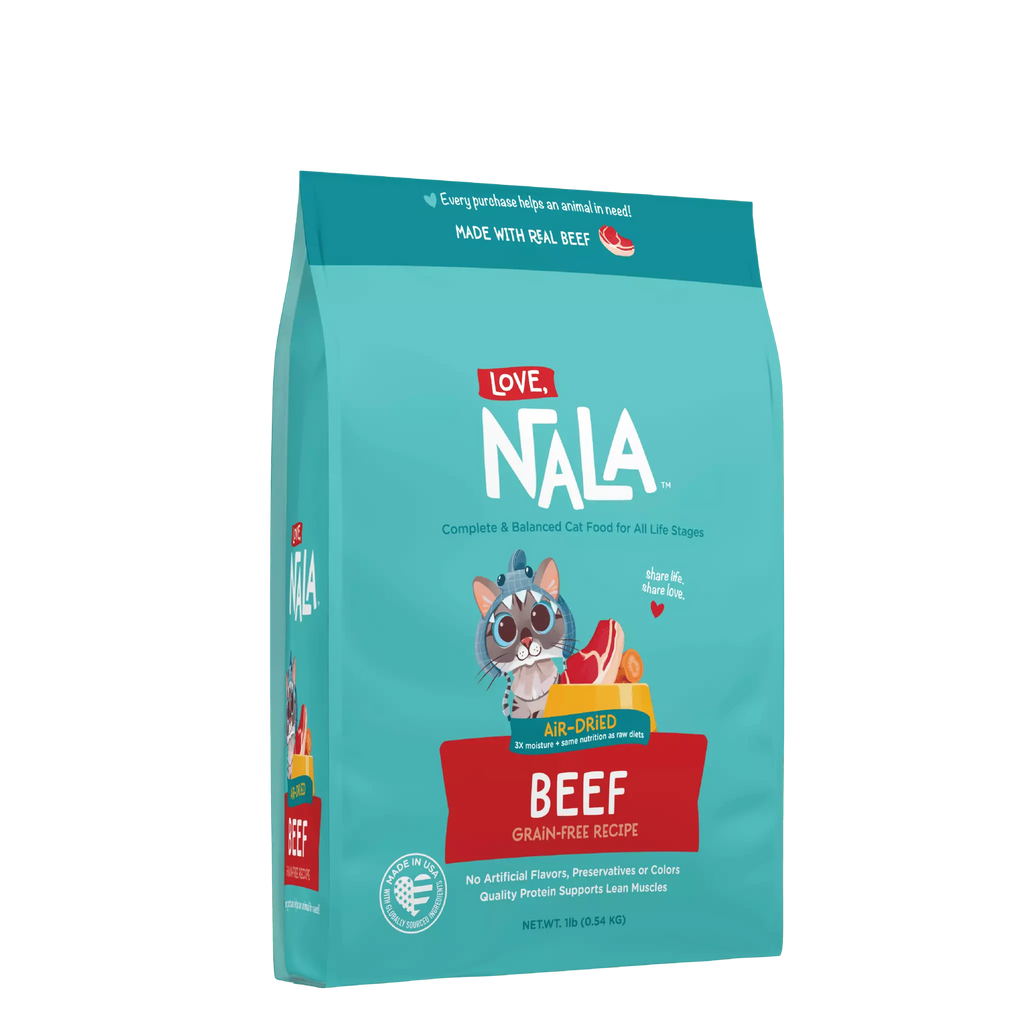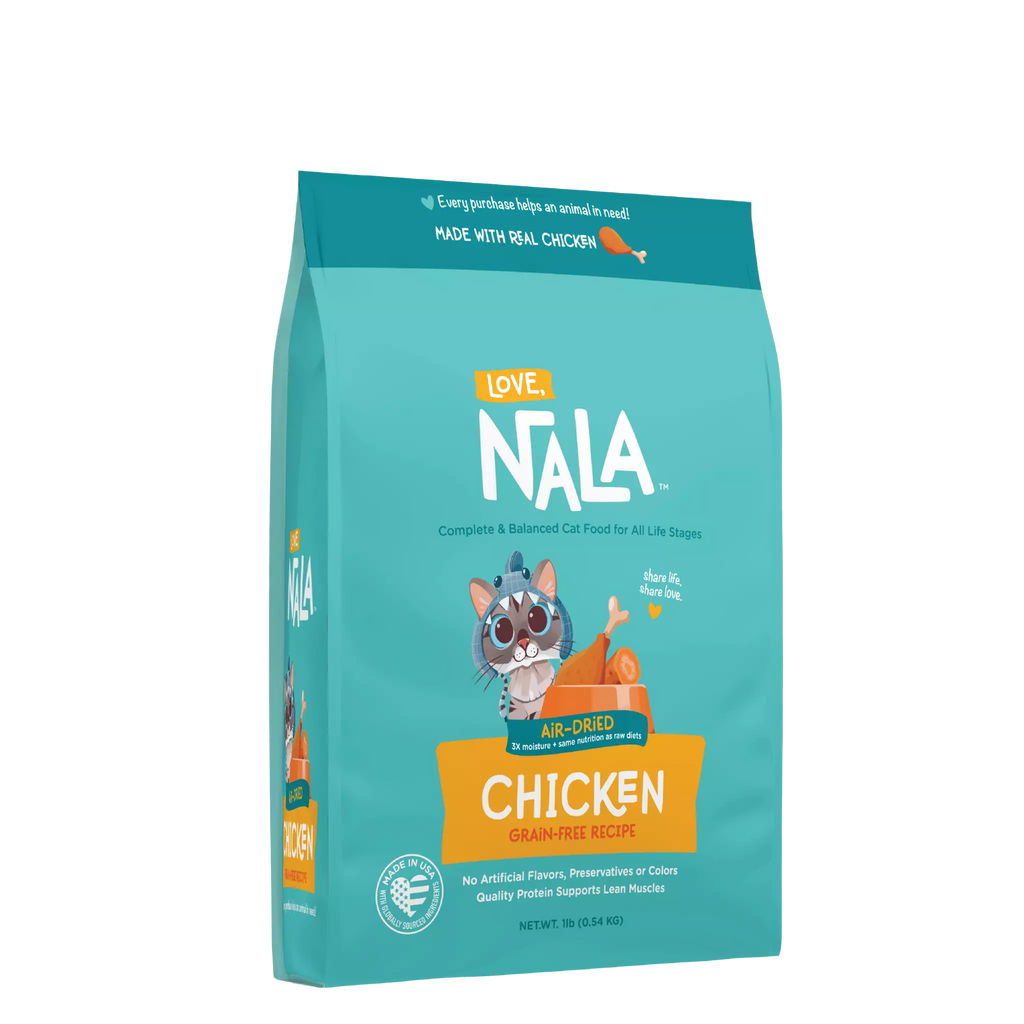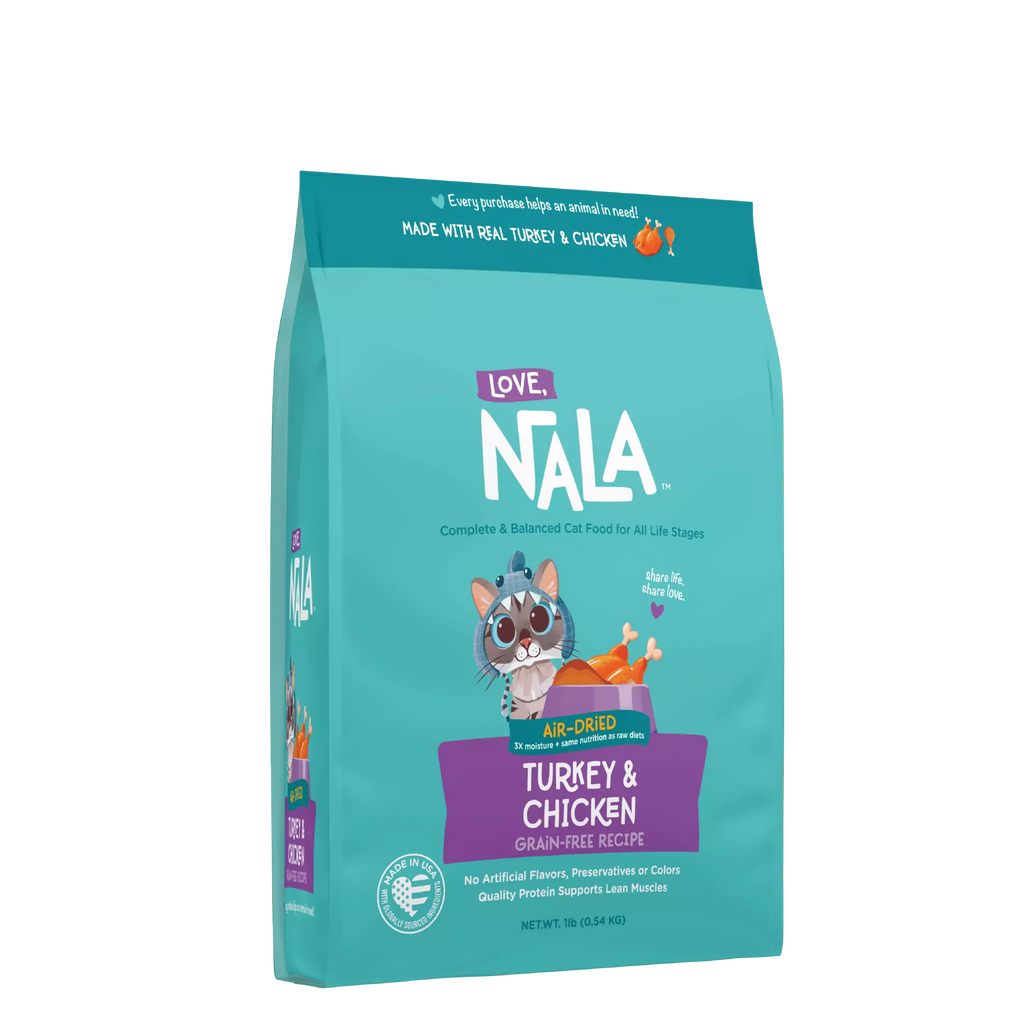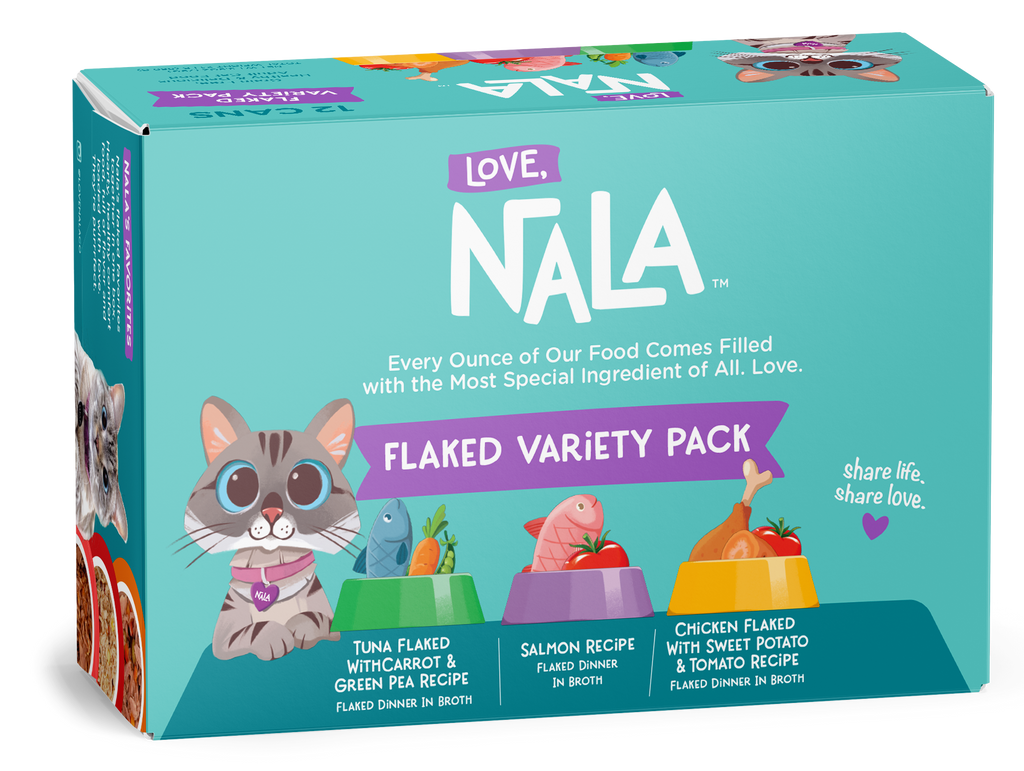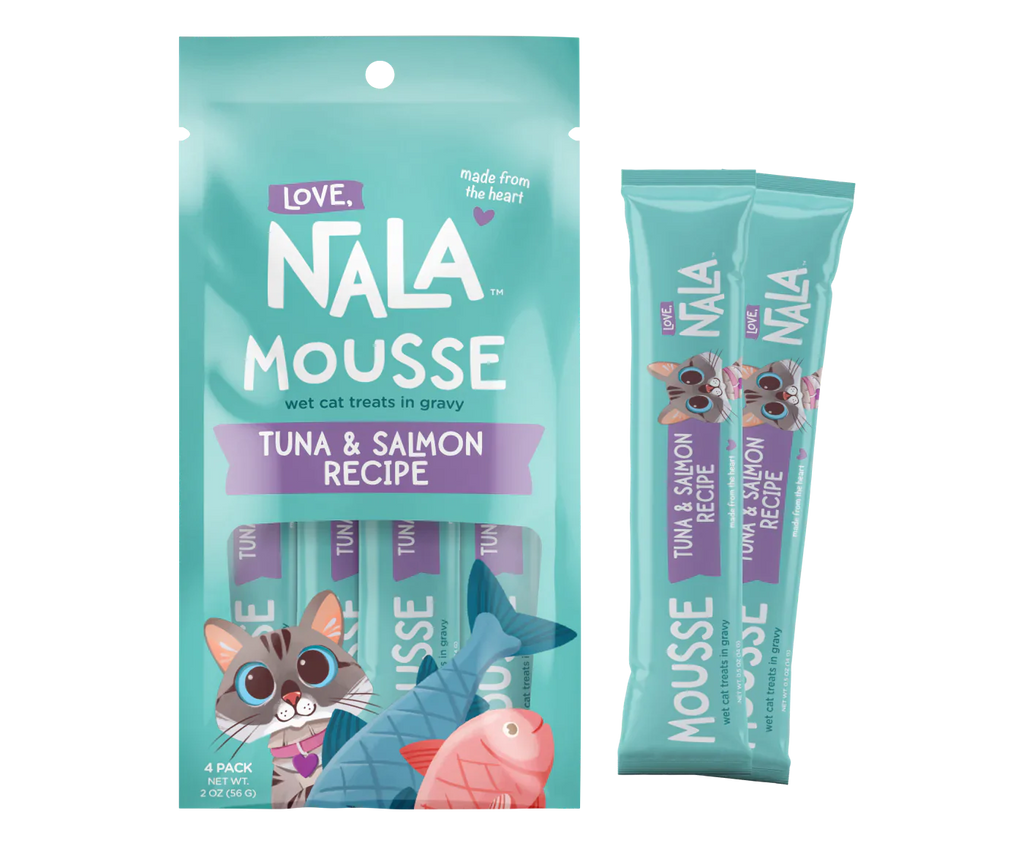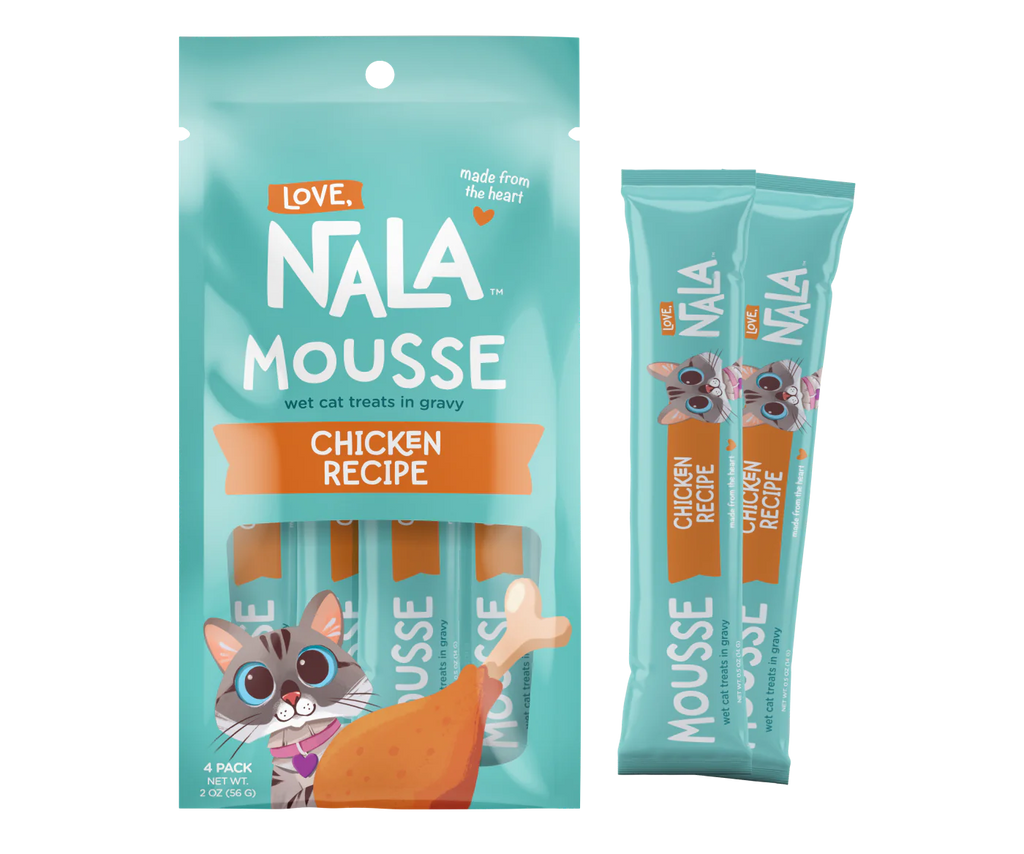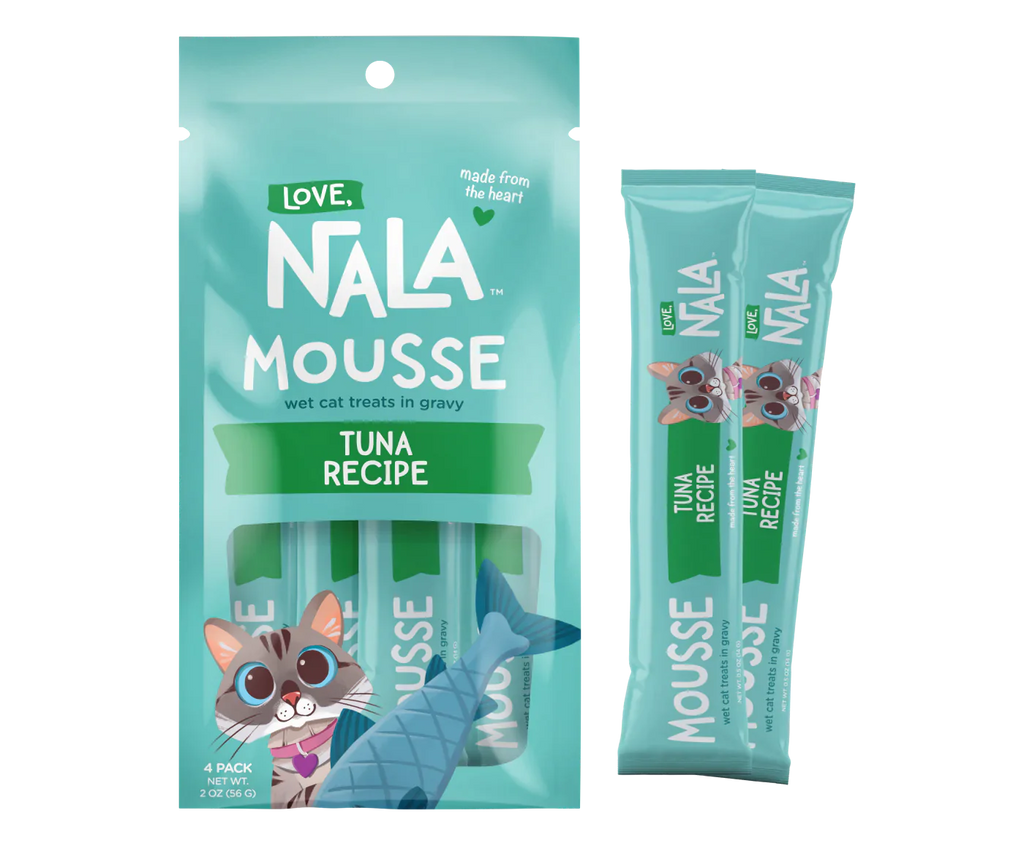Changing your cat’s diet might seem as simple as swapping one bag of food for another. But for your cat, even small changes can have a big impact. Cats are creatures of habit and so are their bodies. Cats have sensitive stomachs and strong food preferences so switching their food quickly can lead to a lot of unnecessary problems - including their refusal to eat the new food. Their digestive systems become accustomed to the food they eat daily so a sudden change in their diet is not ideal. That’s why it's important to transition your cat’s food slowly and carefully over the period of about a week.
Prevent Digestive Troubles
Cats have delicate digestive systems that can struggle with sudden dietary changes since their bodies get used to processing the same food day after day. Rapid changes in diet can cause:
-
Vomiting
-
Diarrhea
-
Constipation
-
Gas
-
Loss of appetite
Avoid Rejection of the New Food
Cats are notoriously picky eaters and can be quite finicky about their food. Suddenly swapping their tried and true food for something new might cause them to refuse the new food or even stop eating altogether. A gradual mix of the old food and the new food allows your cat plenty of time to get used to the new smell, texture, and taste, making them more likely to accept and enjoy their new meals.
Reduce Stress
Cats are creatures of habit who love routine. Any changes in their daily routine, even their meals, can be stressful for them. A slow food transition rather than an abrupt change will help to keep their diet familiar and reduce stress.
Identify Food Sensitivities
Some cats have allergies or sensitivities to certain ingredients. By introducing new food slowly, you can monitor for any signs of trouble, such as itchiness, vomiting, diarrhea, or overgrooming.
You'll know exactly when the issue started and can adjust accordingly before a major health problem develops.
Observe Your Cat’s Behavior
Monitor your cat's behavior, activity level, litter box use, and health during the transition. If your cat displays any signs of tummy troubles, you should slow down the transition process and give their body more time to adapt to the new food.
How to Transition Your Cat’s Food Properly
Gradually mix the new food in with the old food over the course of 7-10 days. This will give your cat’s digestive system time to adjust to the new food. Start with a small amount of the new food and gradually increase the proportion of the new food each day. For example, give 75% of the old food and 25% of the new food for 2-3 days, then 50% of the old food and 50% of the new food for 2-3 days, etc. Once your cat is happily eating the new food, you can complete the transition.
Love, Nala
